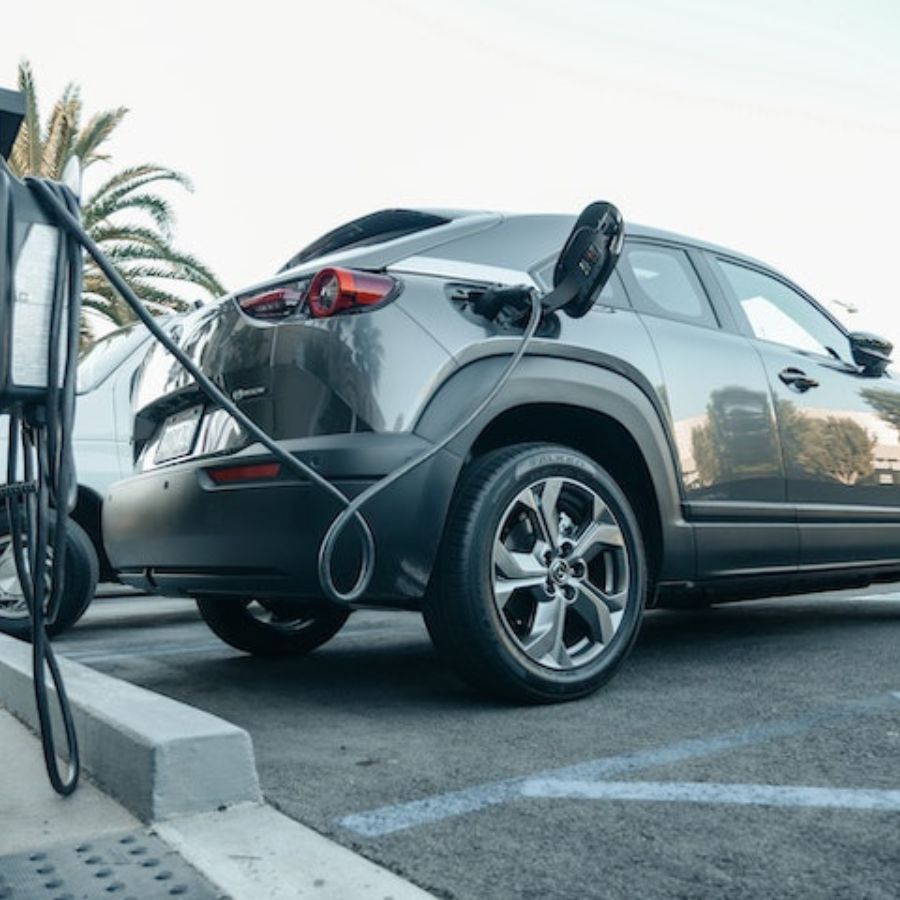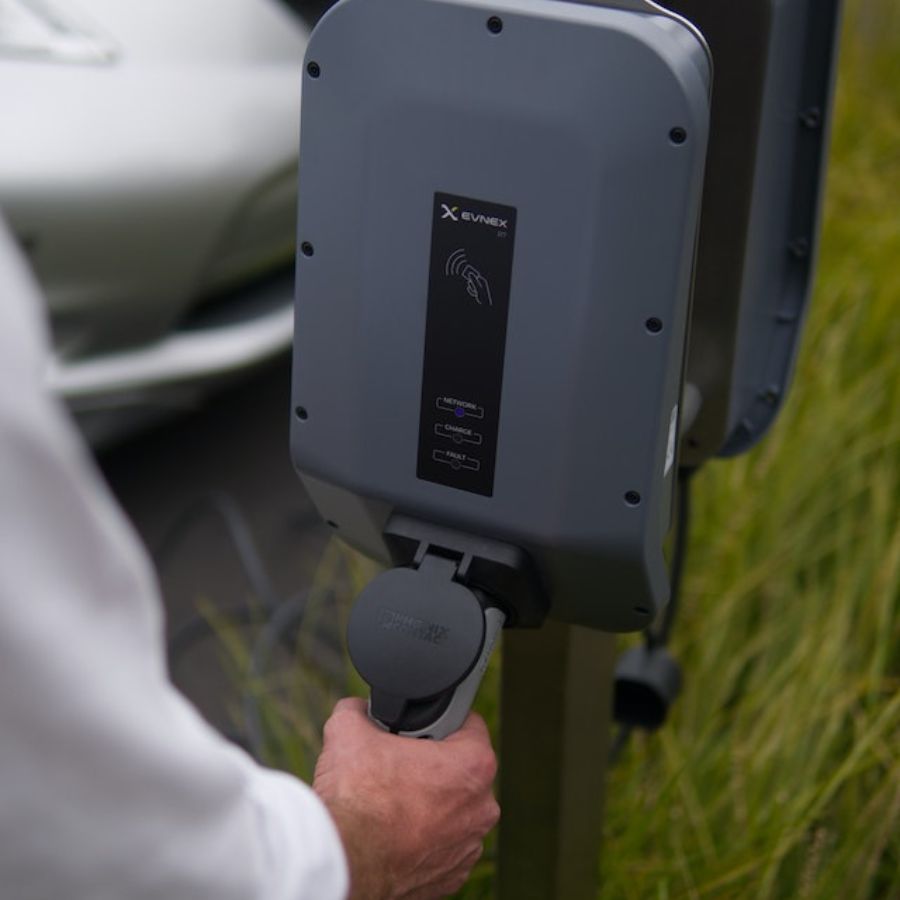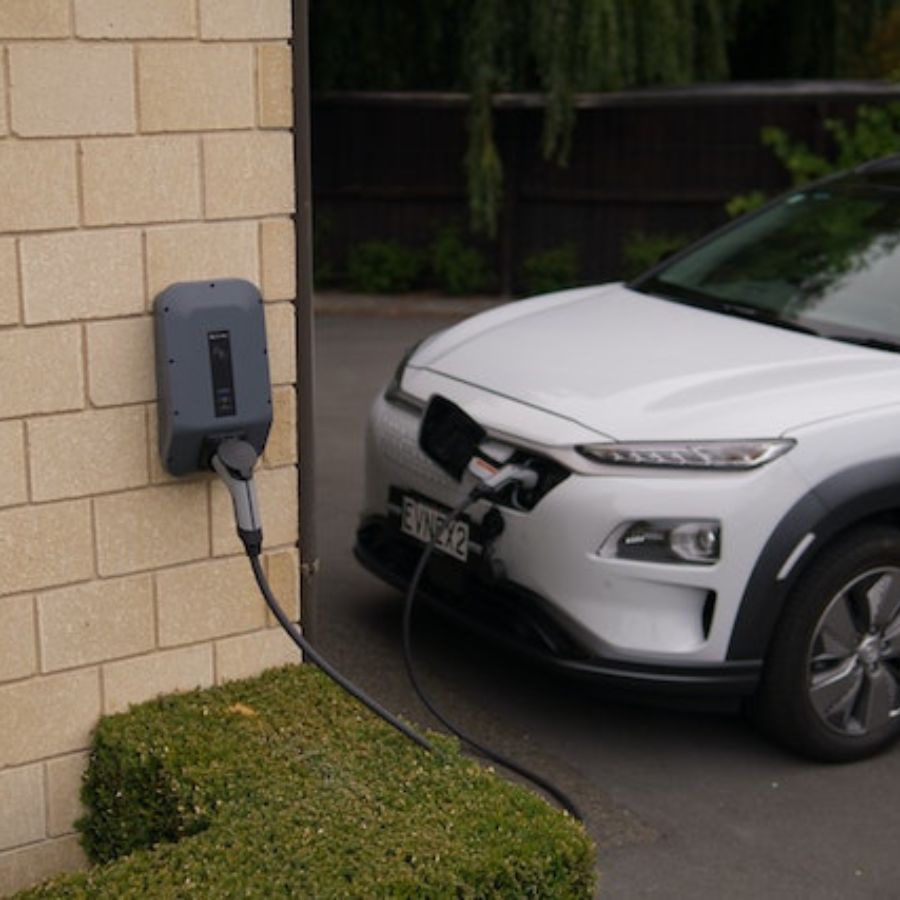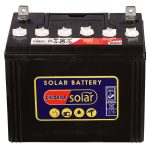On average, an electric car charging in Oregon costs between $0.10 to $0.20 per kWh. Equally important, this translates to a charging cost of $6 to $12 for a full charge for a car with a 60 kWh battery.
Are you wondering what factors influence how much it costs to charge an electric car and how you can optimize your EV charging expenses? Dive into this comprehensive article to get answers to all your electric vehicle charging queries.
The Advent of Electric Vehicles in Oregon

Oregon is much like many states in the U.S.A. There has been a significant rise in electric vehicle adoption. The growing number of EV charging stations across the state and federal incentives like the federal tax credit have been critical contributors to this trend. As more people invest in electric cars, the question arises: What is the cost to charge these machines?
Understanding Charging Costs – Per kWh Breakdown
The most common way to evaluate charging expenses is by looking at the price per kWh (kilowatt-hour). Oregon’s utility companies typically charge between $0.10 to $0.20 per kWh. Again, if your electric car has a battery capacity of 60 kWh, fully charging it would cost anywhere from $6 to $12.
Types of Electric Vehicle Charging Stations
The charging cost can also vary based on where and how you charge your vehicle. Here is a breakdown:
Home Charging: Many prefer to charge their electric vehicles overnight, known as EV overnight charging. With a Level 1 or Level 2 charger installed at your residence, the cost usually leans toward your home electricity rate.
Workplace Charging: Many workplaces now provide charging facilities. Some employers may offer free charging as a perk, while others may charge a nominal fee.
Public Charging Stations: Public electric vehicle charging stations often provide both Level 2 and DC fast chargers. Level 2 chargers take a few hours to charge. DC fast charging stations can get your battery from 0 to 80% in less than an hour.
Impact of Vehicle Range and Battery Capacity
The transition to electric transportation is now more palpable than ever. At the heart of this transformation lies two fundamental attributes of electric vehicles that buyers often prioritize: vehicle range and battery range. Let us delve deeper into the intricacies of these two factors and how they shape the EV experience.
Range vs. Battery Capacity
Vehicle Range: Denotes the distance an electric vehicle can travel on a fully charged battery under specific conditions. Again, it is generally in miles or kilometers. Think of it as the electric vehicle equivalent of the distance a traditional car can cover with a full tank of gas.
Battery Capacity: Its capacity is the total energy stored within an electric vehicle’s battery, typically represented in kilowatt-hours (kWh). In simpler terms, it is the size of the fuel tank in the realm of electric cars.
How Do They Interact?
While it may seem that a larger battery automatically means a more extensive range, that is not always the case. Other factors like vehicle efficiency, aerodynamics, weight, and onboard energy-consuming systems, play significant roles. A smaller EV, designed efficiently, might achieve the same range as a larger one with a bigger battery.
Charging Implications
Battery range determines how much electricity an EV needs for a full charge. A vehicle with a 100 kWh battery will generally take longer and cost more to charge than a 40 kWh battery, assuming the same charging speed and electricity rates.
However, the larger battery will typically provide a more extensive range, potentially reducing the frequency of charging stops during long trips. It can be especially advantageous when using public charging networks that charge by time or session.
Cost Implications
Larger batteries, offering extended ranges, usually come with higher vehicle price tags. Again, this is due to the current costs associated with battery production. However, as technology advances and economies of scale take effect, these costs are expected to decrease, making high-range EVs more accessible.
Speed and Cost – Fast Chargers Vs. Regular Chargers
Fast Charging Stations: DC fast chargers or fast stations offer the advantage of time. They can charge most electric cars up to 80% in under an hour. However, they might cost a little more per kWh than regular chargers.
Regular Chargers: Level 2 chargers, often found in homes and workplaces, charge vehicles over a few hours. These might be more economical but require a longer time.
Additional Ways to Save on Charging Costs
Several ways can help reduce the cost of charging your EV:
Federal Tax Credit: Always look for federal incentives, like the federal tax credit, which can help offset some costs.
Off-Peak Charging: Utility companies sometimes offer lower rates during off-peak hours, making EV overnight charging a cost-effective option.
Free Charging Stations: Some public places, shopping malls, or businesses offer free charging to attract customers. Make sure to avail yourself of these opportunities whenever possible.
How to Keep Your EV Charging Costs Low?
Owning electric vehicles can be a great way to reduce both your carbon footprint and transportation costs. However, understanding the intricacies of charging can change how much you spend. Here is how to keep those costs at a minimum:
1. Off-Peak Charging: Utility rates are lower during off-peak hours, usually at night. Using home charging during these times can result in substantial savings.
2. Opt for Subscription or Membership Plans: Some electric vehicle chargers, especially at public stations, offer membership plans with lower rates. These are great for regular users.
3. Government Incentives: Transportation electrification has gained governmental support. Thus, it is worthwhile to stay updated with local and federal incentives that may offer discounts or rebates on charging.
4. Efficient Driving: Driving efficiently can help your electric vehicle consume less energy just as with gasoline cars, reducing the frequency of charges.
How to Use Public Chargers?
Public charging stations have become more prevalent as electric cars gain in popularity. Here’s a simple guide to using them:
1. Locate a Station: Some various apps and websites map out public charging stations. Use these tools to find the nearest and most suitable station for you.
2. Type of Charger: Determine if the station has Level 2 chargers or DC fast charging. The latter is useful if you’re in a hurry as it offers a faster charging speed.
3. Payment: Some stations are free, while others might require payment. Again, this could be through an app, credit card, or membership card.
4. Connect and Monitor: Connect your vehicle to the charger after ensuring compatibility. Monitor the progress through the station’s system or your vehicle’s app.
How to Calculate My EV Road Trip Charging Cost?
Planning an extended journey in your electric vehicle? Consider the following steps to estimate the cost:
1. Determine Distance and Consumption: Calculate the total distance of your trip. Know your vehicle’s energy consumption rate (usually in kWh per 100 miles).
2. Estimate Charging Sessions: Based on your vehicle’s range and the trip distance, estimate the number of times you’ll need to charge.
3. Charger Type and Costs: Decide whether you’ll use Level 2 or DC fast charging stations. Look up average costs per kWh for these chargers along your route.
4. Do the Math: Multiply the energy you’ll need (from step 1) by the cost per kWh (from step 3).
How Long Does It Take to Charge an EV on a Road Trip?

The charging time on a road trip can vary based on a couple of factors:
1. State of the Battery: Charging from 0% to 100% will take longer than if you plug in at 50%. It’s also worth noting that DC fast charging often charges up to 80% very rapidly, but the last 20% might be slower to ensure battery health.
2. Type of Charger: DC fast charging can get more electric cars up to 80% in under an hour. Level 2 chargers, on the other hand, can take a few hours.
3. Vehicle’s Onboard Charger: Different electric vehicles have onboard chargers with varying capacities. A higher capacity onboard charger can accept more power and thus charge faster.
4. Charging Infrastructure: The transportation electrification movement means more stations are popping up with advanced technology. Newer stations might offer faster charging speeds than older ones.
In summary, while electric vehicles are ushering in a new era of transportation electrification, understanding the charging landscape is crucial. Whether you’re looking to optimize costs or ensure a smooth road trip, being informed will always be your best ally.
Future Trends and the Growth of EVs
As electric vehicles become more prevalent, we can expect the charging prices to become more competitive. Technological advancements in EV chargers and the proliferation of charging stations will contribute to making EV ownership even more economical in the future.
Conclusion
Owning an electric vehicle in Oregon is an eco-friendly decision and also cost-effective when you understand the charging dynamics. While the average cost currently ranges between $0.10 to $0.20 per kWh, it’s essential to stay informed about the various factors influencing these costs. Whether you’re a proud owner of a Tesla Model or any other EV, leveraging benefits like off-peak rates, and federal credits, and choosing the right charging method can lead to significant savings. With the rapid growth of EVs and technology advancements, the road ahead looks promising for EV enthusiasts.


